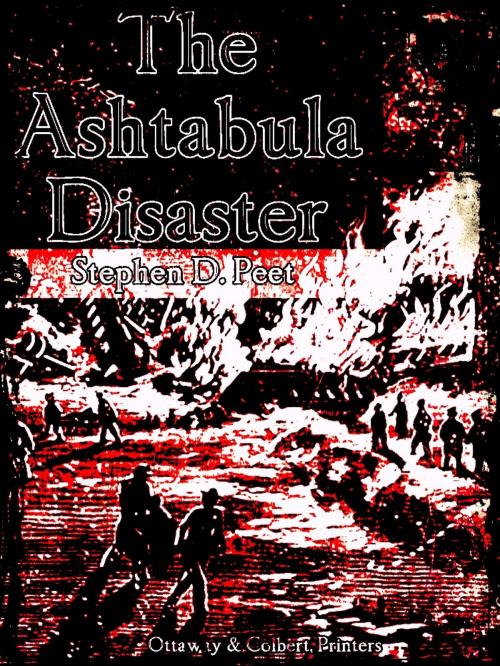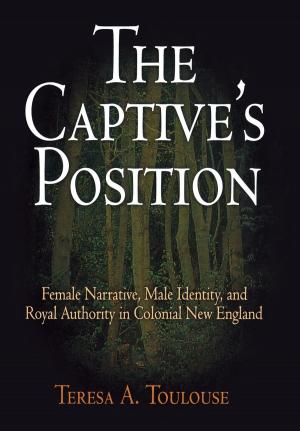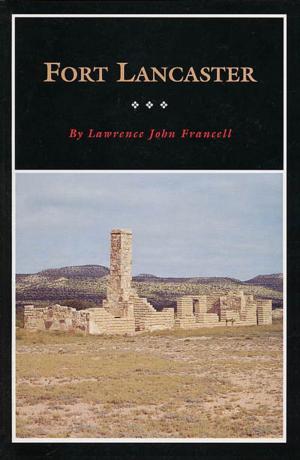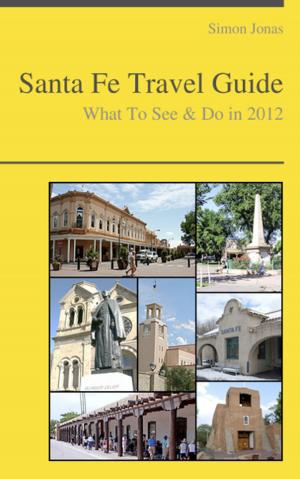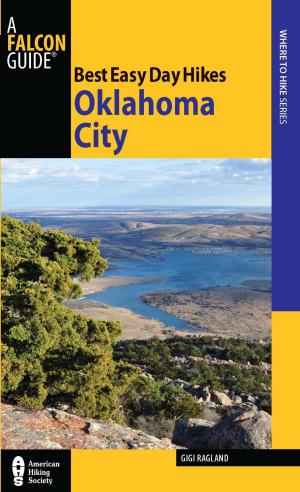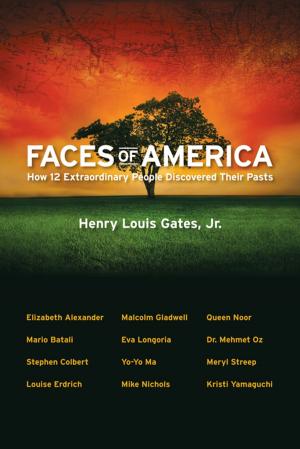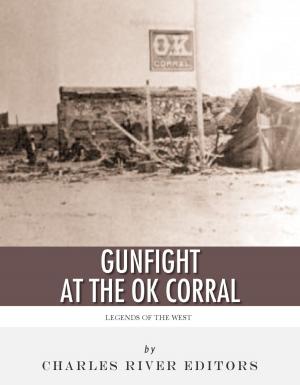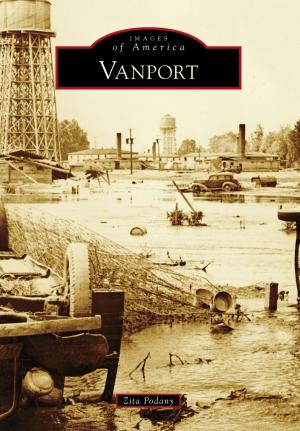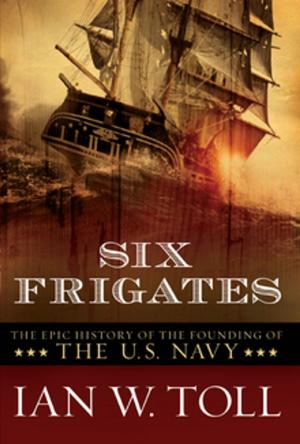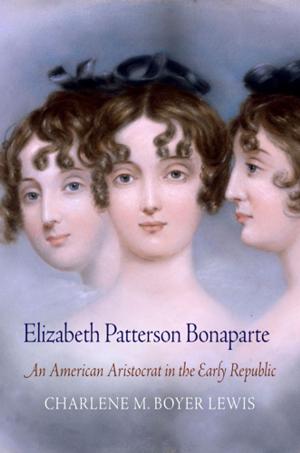| Author: | Stephen D. Peet | ISBN: | 1230000286276 |
| Publisher: | Ottaway & Colbert, Printers, | Publication: | December 17, 2014 |
| Imprint: | Language: | English |
| Author: | Stephen D. Peet |
| ISBN: | 1230000286276 |
| Publisher: | Ottaway & Colbert, Printers, |
| Publication: | December 17, 2014 |
| Imprint: | |
| Language: | English |
Example in this ebook
The narrative of the greatest railroad disaster on record is a task which has been undertaken in the following pages. No event has awakened more wide-spread interest for many years, and the calamity will not cease to have its effect for a long time to come. The author has had unusual facilities for knowing the particulars, and has undertaken the record of them on this account. A familiarity with the locality, the place and the citizens, personal observation on the spot during the night, and a critical examination of the wreck before it was removed in the morning gave him an exact knowledge of the accident which few possessed. This, followed by intercourse with the survivors, with the friends of the deceased, and the representatives of the press, and by correspondence, which resulted from his assistance in identifying bodies, and searching for relics, all added to his acquaintance with the event and its consequences. The author is, however, happy in making an acknowledgment of assistance from the thorough investigation of the coroner’s jury, from the faithful presentation of facts by the reporters of the press, especially those of the “Inter-Ocean” and the “Cleveland Leader,” also from the pictures taken by the artist Frederick Blakeslee, and from the articles published and sent by various friends, which contained sermons, sketches and biographical notices. He has to acknowledge also encouragements received from Capt T. E. Truworthy of California, and his publishers J. S. Goodman and Louis Lloyd & Co.
The discussions before the country in reference to the cause of this accident, the author has not undertaken to give. These have been contained in the “Railroad Gazette,” the “Railway Age,” the “Springfield Republican,” the New York and Chicago dailies, and many other papers.
Prominent engineers, such as C. P. Buckingham, Clemans Herschel, E. C. Davis, L. H. Clark, Col. C. R. Morton, E. S. Cheseborough, Edward S. Philbrick, D. V. Wood, F. R. Smith and many others have passed their opinion upon it.
The accident at first seemed to involve the question of the use of iron for bridges, and whether the European system was not better than the American, and a comment upon this was given by Charles Collins, when he testified that $25,000 more would have erected a stone bridge. Yet as the discussions continued, the conclusion seems to have been reached that riveted iron bridges might be safe if properly constructed, and the engineers appointed by the State Legislature of Ohio, reported that they “find nothing in this case to justify our popular apprehension that there may be some inherent defect in iron as a material for bridges. We find no evidence of weakness in this bridge, which could not have been discovered and prevented.”
The erection of iron bridges with the trusses all below the track as contrasted with so-called “through” bridges has also been discussed. In this case the tendency to “buckling” where the track is supported by iron braces rather than suspended from them was most apparent, for engineer Gottleib testified there was not a single brace which was not buckled.
The danger from derailment and the fearful result which must follow in high bridges like this is sufficient argument for the addition of guards, or some other means to prevent trains from going off.
These questions, however, are for railroad engineers to settle. The responsibility of the railroad companies to the American public is a point more important. The “Iron Age,” speaking of this disaster says, “it is a disquieting accident.” It says also that: “We know there are plenty of cheap, badly built bridges, which the engineers are watching with anxious fears, and which, to all appearance, only stand by the grace of God.”
To be continue in this ebook
Example in this ebook
The narrative of the greatest railroad disaster on record is a task which has been undertaken in the following pages. No event has awakened more wide-spread interest for many years, and the calamity will not cease to have its effect for a long time to come. The author has had unusual facilities for knowing the particulars, and has undertaken the record of them on this account. A familiarity with the locality, the place and the citizens, personal observation on the spot during the night, and a critical examination of the wreck before it was removed in the morning gave him an exact knowledge of the accident which few possessed. This, followed by intercourse with the survivors, with the friends of the deceased, and the representatives of the press, and by correspondence, which resulted from his assistance in identifying bodies, and searching for relics, all added to his acquaintance with the event and its consequences. The author is, however, happy in making an acknowledgment of assistance from the thorough investigation of the coroner’s jury, from the faithful presentation of facts by the reporters of the press, especially those of the “Inter-Ocean” and the “Cleveland Leader,” also from the pictures taken by the artist Frederick Blakeslee, and from the articles published and sent by various friends, which contained sermons, sketches and biographical notices. He has to acknowledge also encouragements received from Capt T. E. Truworthy of California, and his publishers J. S. Goodman and Louis Lloyd & Co.
The discussions before the country in reference to the cause of this accident, the author has not undertaken to give. These have been contained in the “Railroad Gazette,” the “Railway Age,” the “Springfield Republican,” the New York and Chicago dailies, and many other papers.
Prominent engineers, such as C. P. Buckingham, Clemans Herschel, E. C. Davis, L. H. Clark, Col. C. R. Morton, E. S. Cheseborough, Edward S. Philbrick, D. V. Wood, F. R. Smith and many others have passed their opinion upon it.
The accident at first seemed to involve the question of the use of iron for bridges, and whether the European system was not better than the American, and a comment upon this was given by Charles Collins, when he testified that $25,000 more would have erected a stone bridge. Yet as the discussions continued, the conclusion seems to have been reached that riveted iron bridges might be safe if properly constructed, and the engineers appointed by the State Legislature of Ohio, reported that they “find nothing in this case to justify our popular apprehension that there may be some inherent defect in iron as a material for bridges. We find no evidence of weakness in this bridge, which could not have been discovered and prevented.”
The erection of iron bridges with the trusses all below the track as contrasted with so-called “through” bridges has also been discussed. In this case the tendency to “buckling” where the track is supported by iron braces rather than suspended from them was most apparent, for engineer Gottleib testified there was not a single brace which was not buckled.
The danger from derailment and the fearful result which must follow in high bridges like this is sufficient argument for the addition of guards, or some other means to prevent trains from going off.
These questions, however, are for railroad engineers to settle. The responsibility of the railroad companies to the American public is a point more important. The “Iron Age,” speaking of this disaster says, “it is a disquieting accident.” It says also that: “We know there are plenty of cheap, badly built bridges, which the engineers are watching with anxious fears, and which, to all appearance, only stand by the grace of God.”
To be continue in this ebook
